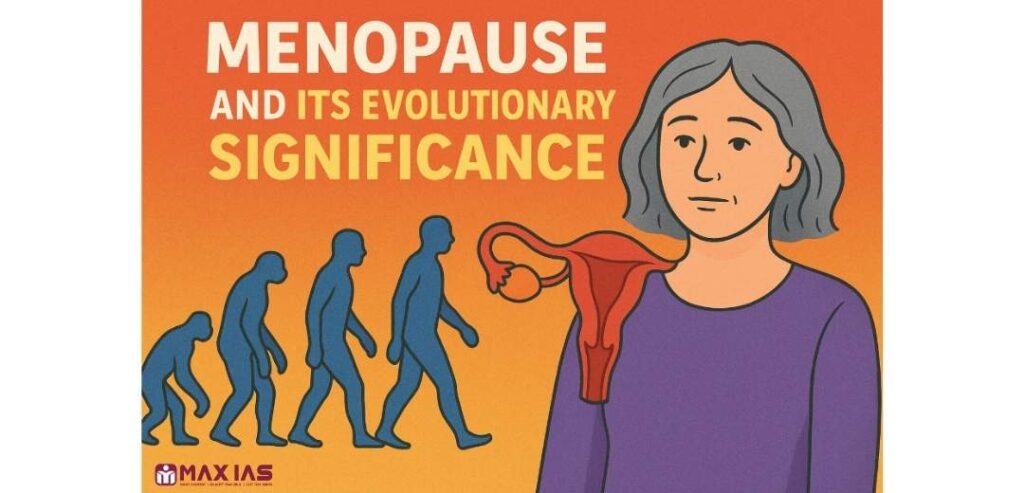One generally accepted definition of menopause is “the sudden or gradual cessation of the menstrual cycle subsequent to the loss of ovarian function.”
This phenomenon is unique to human females, wild female primates, such as monkeys, do not experience menopause, and there is no comparable process for male humans.

Decrease in fertility is a normal part of aging. However, for human females, the reproductive system stops working suddenly, much earlier than other parts of the body, which tend to decline more gradually over time.
Menopause is a prevalent experience for women globally, typically occurring around the age of 50. Notably, women often live for many years post-menopause, raising questions about the biological implications of longevity after the reproductive period.
Two primary hypotheses seek to explain why women may have extended lifespans following menopause. The first, referred to as the “mother hypothesis,” suggests that as women age, focusing on the survival of existing children may be more advantageous than bearing additional offspring. The second, known as the “grandmother hypothesis,” builds on this idea, positing that postmenopausal women can assist their daughters in raising children, thereby supporting their daughters’ reproductive success. Consequently, the primary reproductive strategy available to postmenopausal females involves increasing support for their offspring and grandchildren.
Some researchers propose that natural selection may provide insights into the longer lifespan of women after menopause, examining the survival and reproductive benefits.
George Williams (1957) proposed that menopause is a biological adaptation. He argued that remaining fertile until the end of a female’s life may not be advantageous for humans due to increased maternal risks associated with the number of births and advancing age. After a certain number of deliveries, complications such as uterine enlargement and weakened abdominal muscles can result in irregular fetal positions and difficulties in subsequent deliveries. The incidence of placenta previa also rises, primarily because local atrophies of the endometrium—especially when pregnancies occur in rapid succession—may hinder the placenta from implanting correctly.
Research indicates that the human uterus is capable of sustaining up to seven pregnancies to term. There is also an increased prevalence of chromosomal abnormalities in the fetus as maternal age rises. For example, the risk of a woman aged forty-five giving birth to a child with trisomy 21 is 1 in 23, compared to 1 in 356 for a thirty-five-year-old. Additionally, the obstetric risks associated with advanced maternal age are well-documented.
In human evolution, females who ceased reproducing before the end of their lives gained a fitness advantage because they could direct their remaining reproductive effort more profitably toward enhancing the reproductive success of existing progeny , thereby increasing their overall genetic fitness more effectively than through continuous childbearing.


